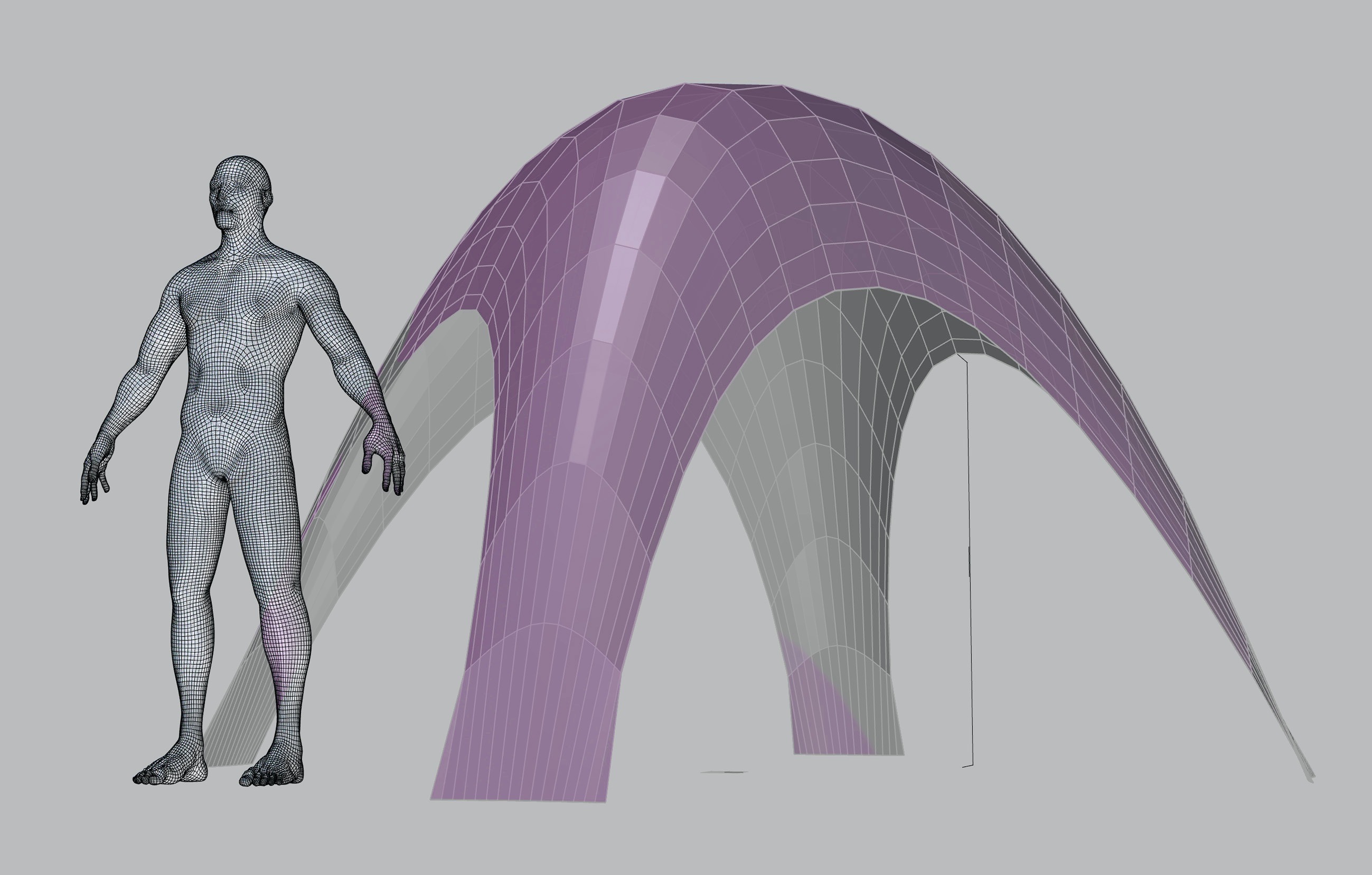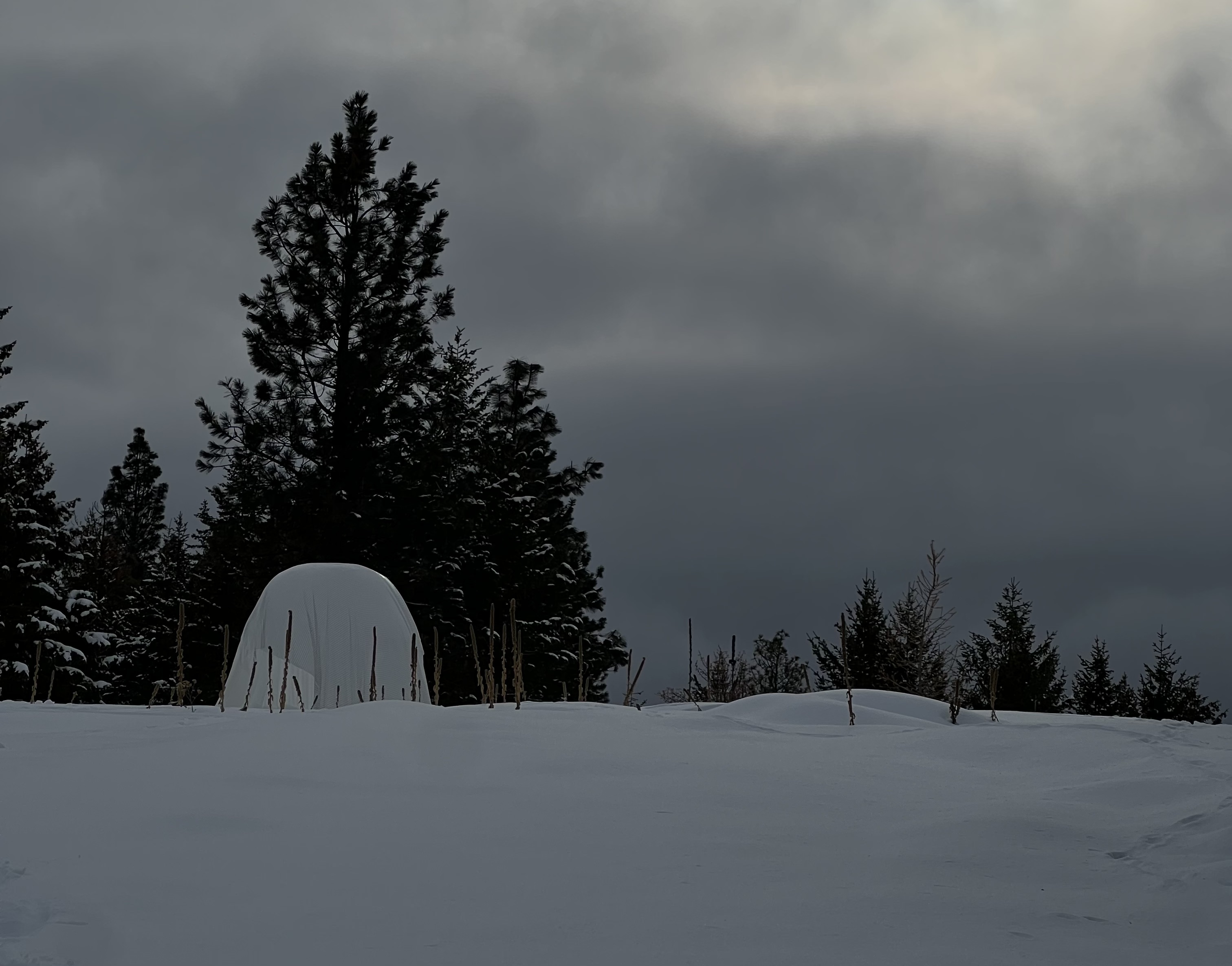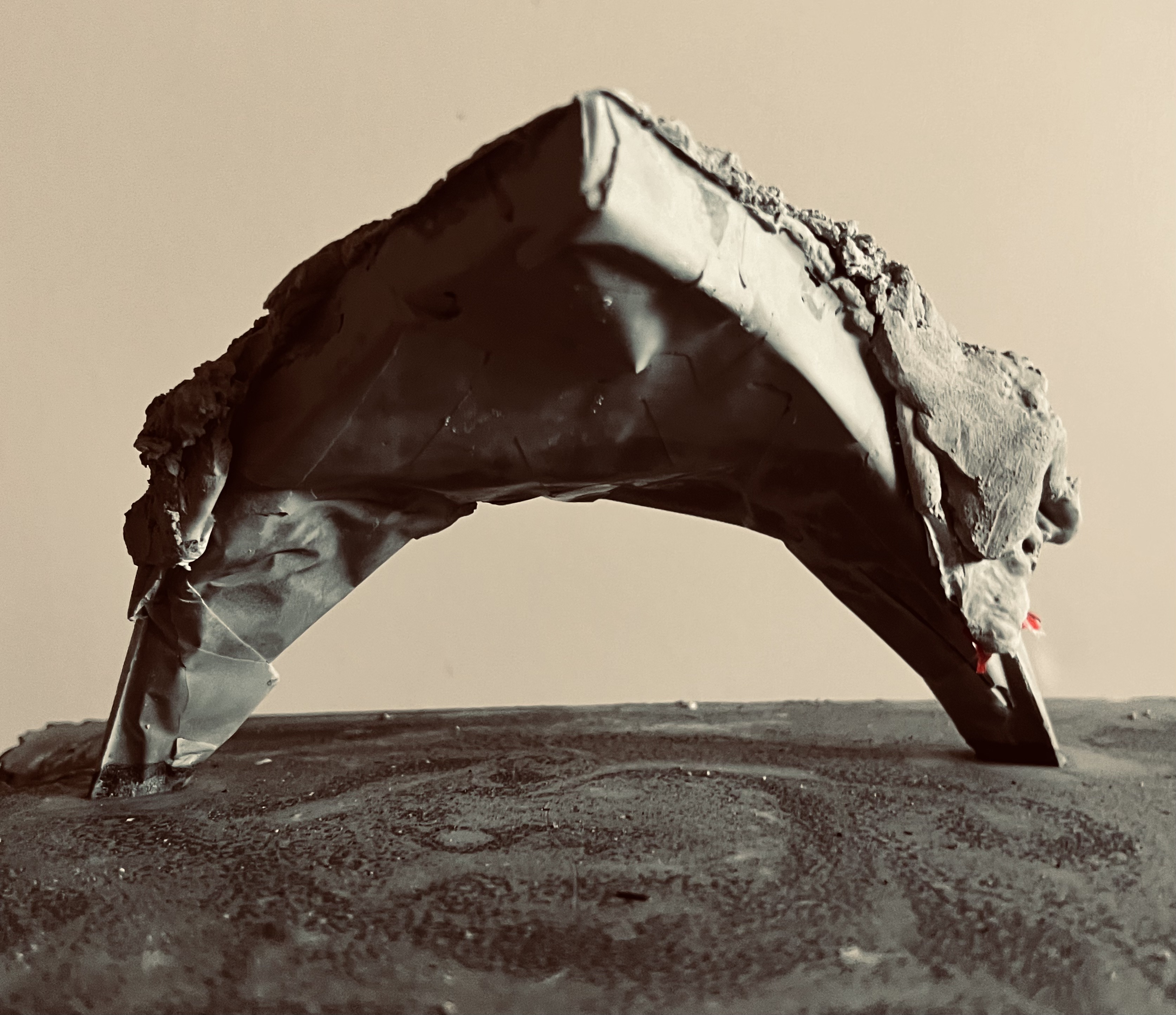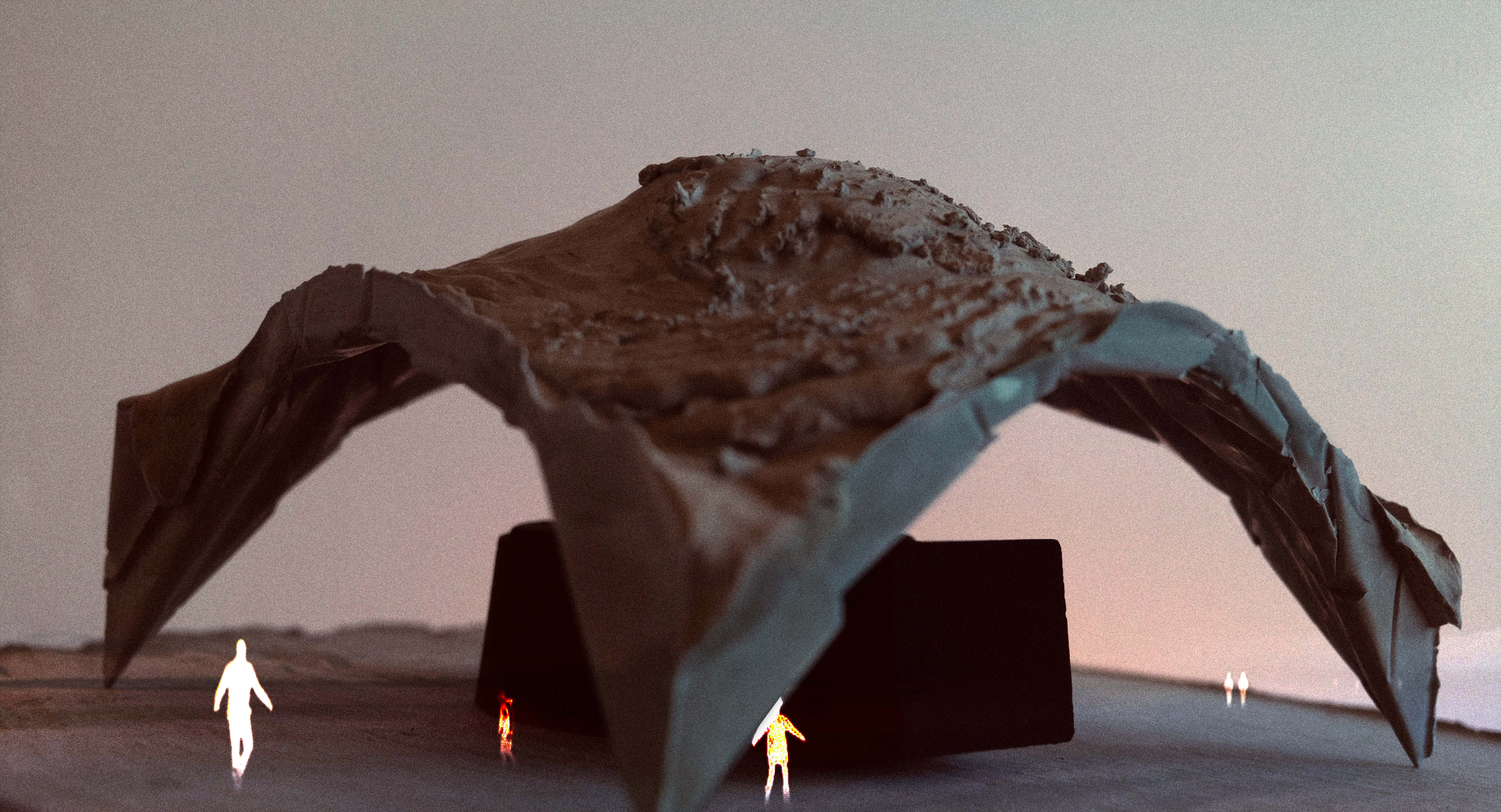KAGVRV is a Vancouver based design practice working across residential and small commercial projects with a focus on clarity, craft and territorial awareness. We design laneway houses, adaptive reuse spaces and tightly choreographed interiors, and we collaborate closely with builders and clients to deliver grounded and thoughtful architecture. Our work is guided by research into corridors of sovereignty, indigenous territorial futures and planetary urbanism themes that inform how we approach material, landscape and space at every scale.
Colin Berg MbuguaBachelor of Science in Architecture : Politecnico di Milano, Italy
Master of Architecture : University of British Columbia, Canada
Contact : colin@kagvrv.com
Apple Farm Cabin
Location : Salt Spring Island, British Columbia
Status : In - Progress
Location : Salt Spring Island, British Columbia
Status : In - Progress







